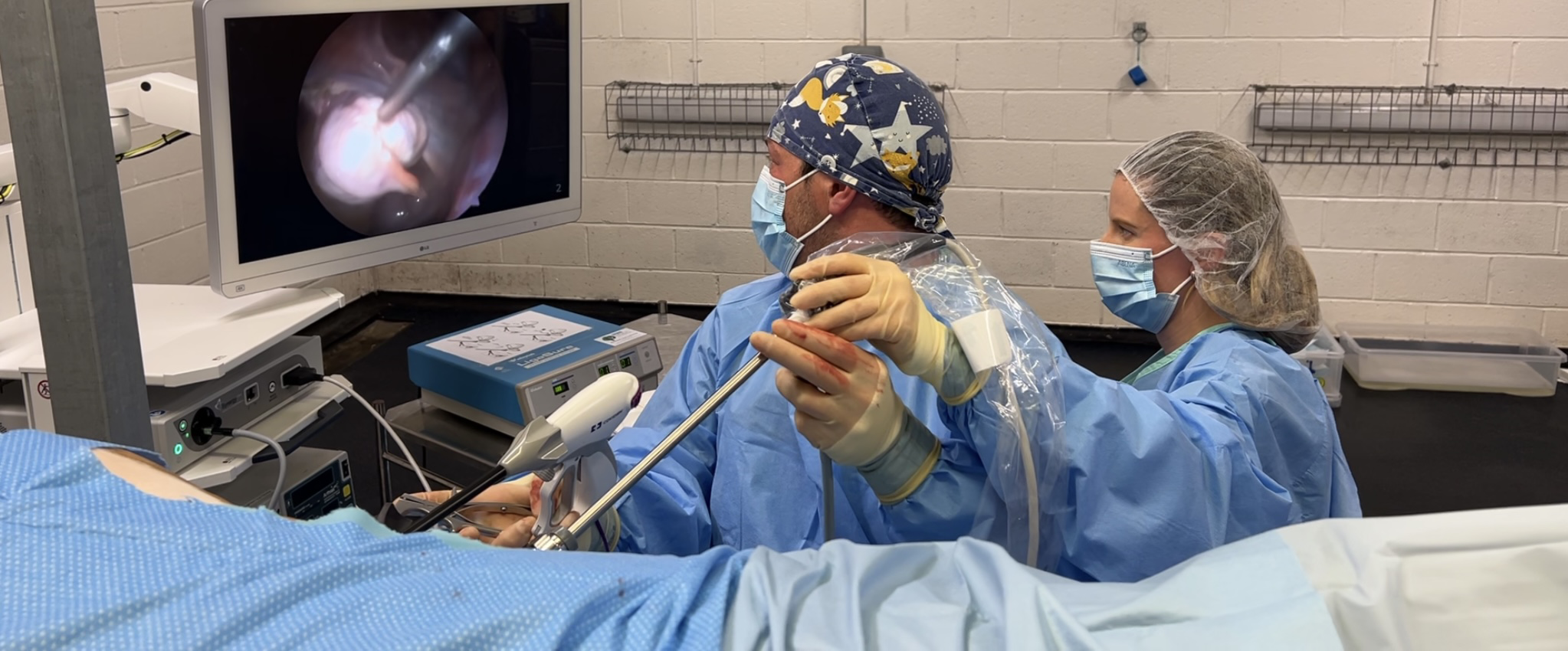What are sarcoids?
A sarcoid is a common type of skin tumour, affecting equids only. A normal cell type called fibroblasts found in the skin are affected and some sarcoids tend to be fairly benign (do not spread or grow) whereas some are more invasive, locally spreading and growing quickly . Fibrobast cells in other body tissues are not affected. Sarcoids do not spread to the internal organs. Sarcoids are still the subject of much debate within the veterinary profession and we still have many unanswered questions about them.
Which horses get sarcoids?
Sarcoids can affect any horse, pony, donkey or mule ( also Zebras and Przewalski horses!) They can develop at any age and they occur everywhere around the world. No sex is predisposed to contracting them Coat colour has no effect but some breeds do seem to be more susceptible as do some families of horses which shows there is a genetic susceptibility in some horses. There are many factors which influence the development of sarcoids but we do not as yet fully know what these all are.
What causes sarcoids?
There is still much controversy over the cause however there is strong evidence that viral infection is the underlying cause. It is thought that viral infection changes the cell behaviour and the local cells then multiply to result in a visible tumour. Some horses are genetically more susceptible to getting sarcoids.
What do sarcoids look like?
Sarcoids vary in appearance greatly and they can appear similar to many other equine skin conditions. They occur anywhere on the body and they are classified into six types depending on their appearance – occult, verrucous, nodular, fibroblastic, mixed and malignant. Because they can be confused with other not so serious or other more serious conditions, it is always worthwhile getting them checked out by your vet.
Commonly sarcoids can become ulcerated and bleed if rubbed or knocked and this can cause irritation, localise infection with or without swelling and it is also a source of fly-worry. Sarcoid transformation at a wound site can occur and is a very serious cause of a non-healing wound. This is when a horse with sarcoids sustains a wound (trauma etc) and goes on to develop a sarcoid at the wound site. The appearance can be very similar to exuberant granulation tissue (’proud flesh’)
If any wound is failing to heal as expected, particularly on the limbs, sarcoid transformation should be ruled out by your vet.
How do we diagnose sarcoids?
A vet should be consulted early if you suspect your horse has a sarcoid. Some are easily diagnosed on visual examination, whereas in others a small biopsy may be required to get a diagnosis.
How do we treat sarcoids?
There are many different treatment options available for sarcoids but no single method is 100% effective. Sarcoids can be very difficult to treat and costs of treatment can add up. Depending on the size, location and appearance of a sarcoid several treatment options may be available which may include only close monitoring (benign neglect!) but if treatment is advised the sooner it is undertaken the better for a likely good outcome. Your vet will discuss the treatment options most suited to your individual horse but may include one of surgical removal. ‘Liverpool’ cream (AW4-LUDES) ligation or chemotherapy to name the most common options. We do not recomment any homeopathic or herbal remedies or preparations as they can be very unpredictable. Early recognition and treatment is best.
Can we prevent sarcoids?
- Any wound on a horse which has a sarcoid at another site must be promptly dealth with including veterinary input as soon as possible
- It is still not clear as to how transmissible sarcoids are between horses but it is common sense to exhibit caution, particularly when a horse has a wound and is co-grazing with another horse which has sarcoids
- There is currently no vaccine to prevent sarcoids
- Any horse which has sarcoids must be monitored closely on an on-going basis
Should I buy a horse with sarcoids?
There are many considerations to buying a horse with sarcoids. The location of the sarcoids is important as if they are in area which is easily interfered with by tack then this can reduce the ability of the horse to perform as required. However, smaller, flatter sarcoids may not cause any issues with ridden work.
A broodmare with sarcoid on her udder may be averse to letting a foal feed from her udder. The other main consideration is expense and possible insurance effects – if a sarcoid needs to be treated, it can be costly (and not always straightforward) and insurance companies will usually not insure the horse for treatment if the horse is purchased with sarcoids present.
Other information:
We regularly consult Professor Derek Knottenbelt as a leading expert in equine sarcoids for advice and treatment plans for your particular horse
If you are concerned your horse or pony has a sarcoid or a suspicious lump please call the hospital for further advice. If possible photos can be sent via email to the practice (westerncounties@equinehospital.co.uk) for one of the vet team to look at (also helpful if you include information such as: location, size, appearance of the lump and your up to date contact details for the vet team to contact you.


